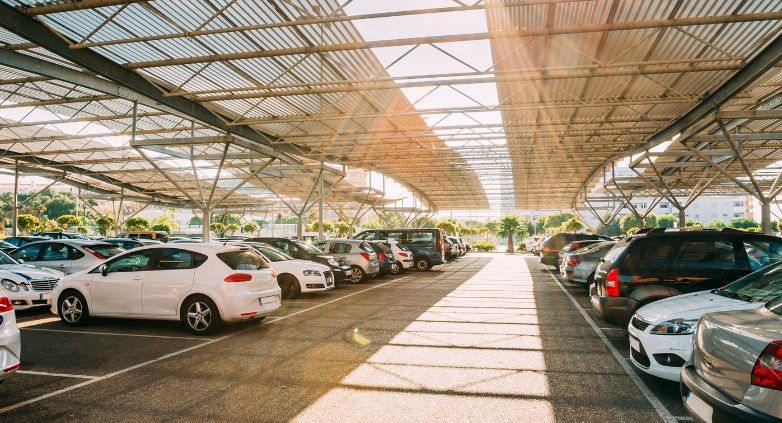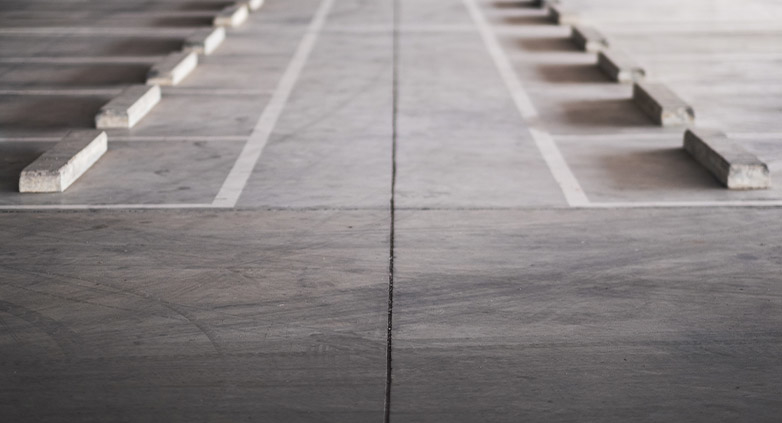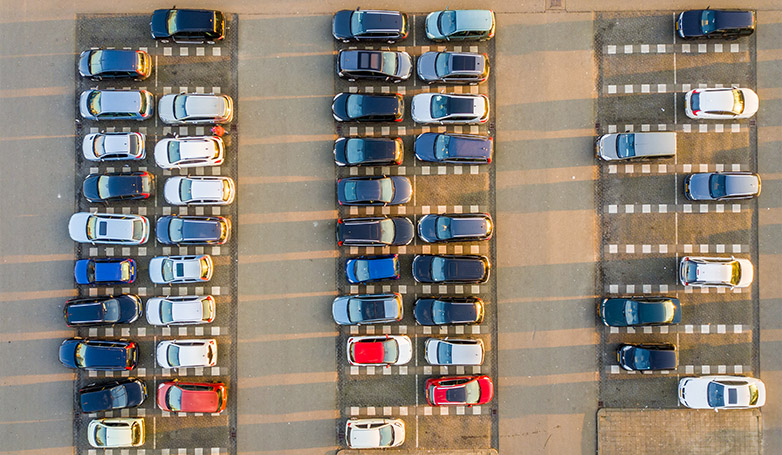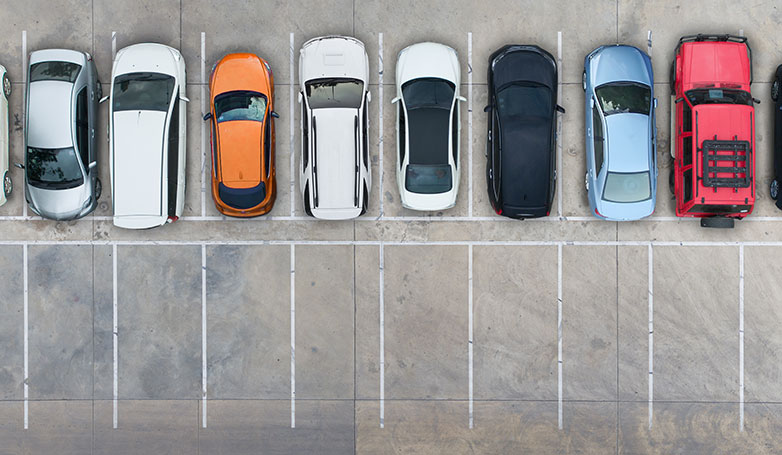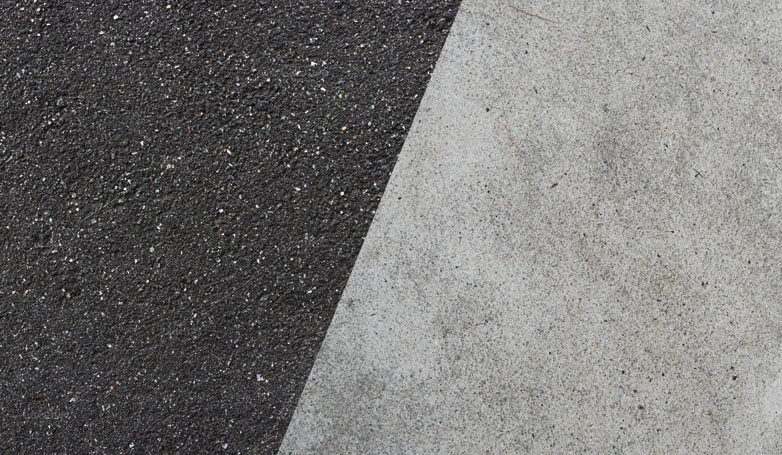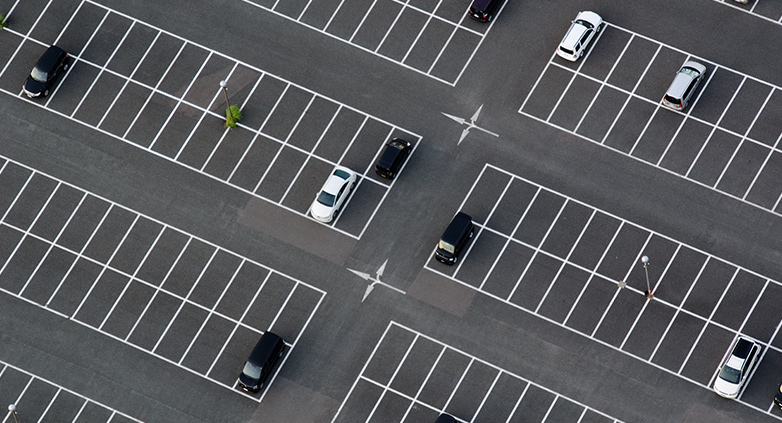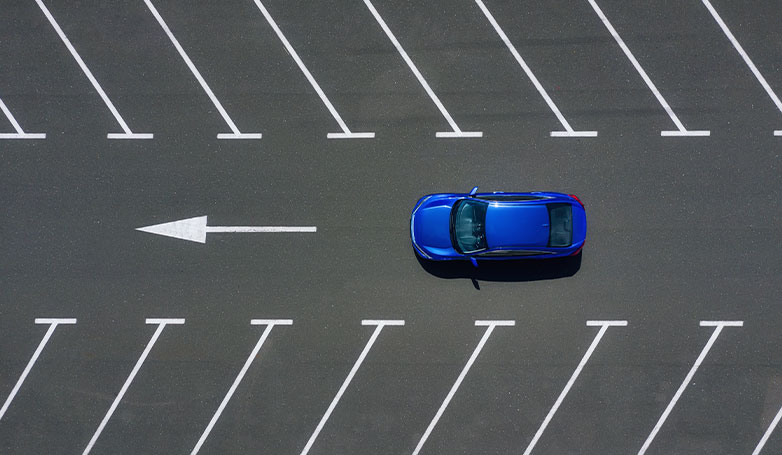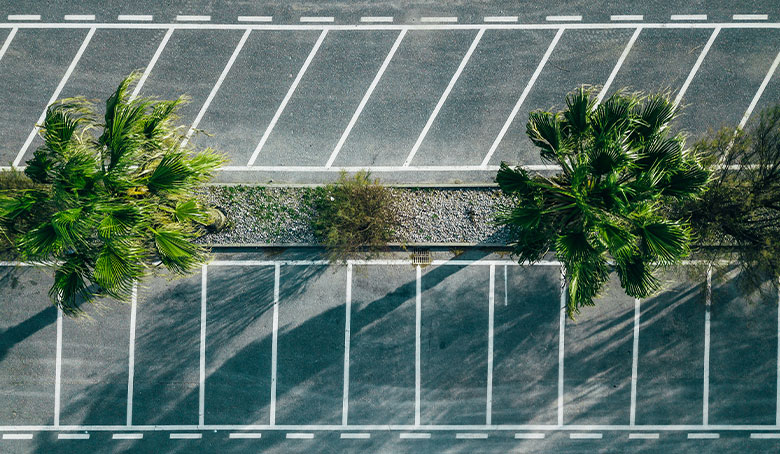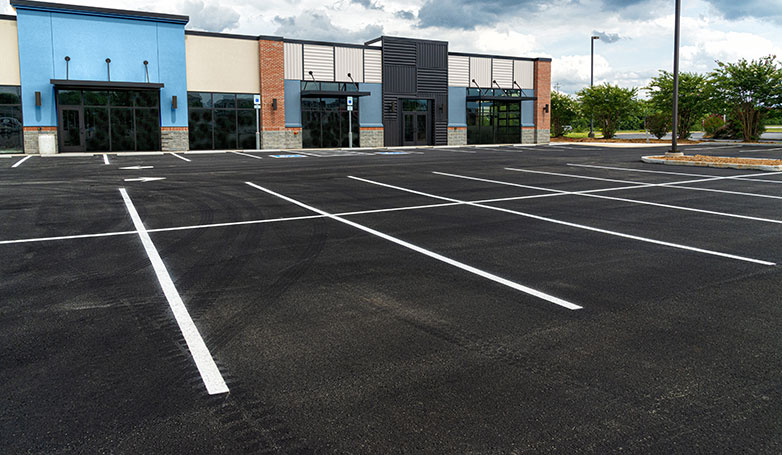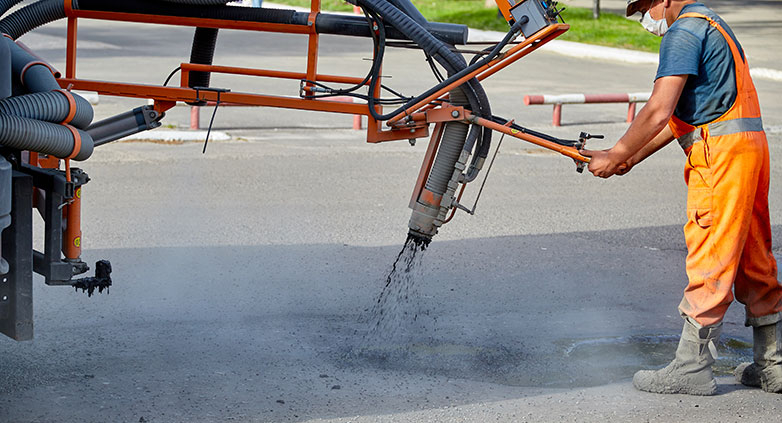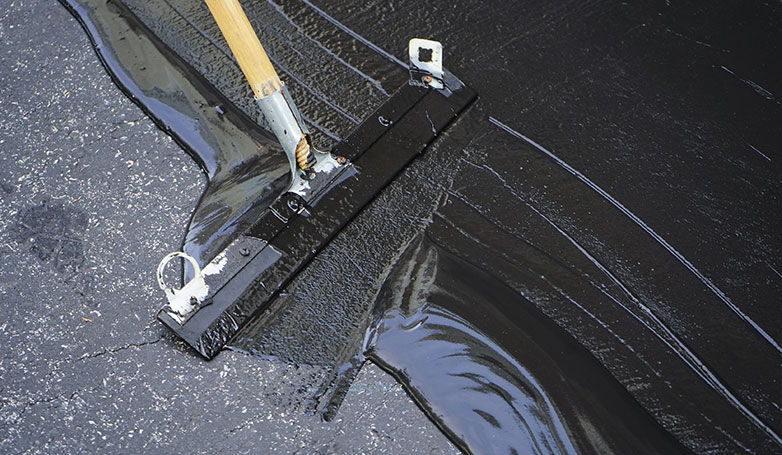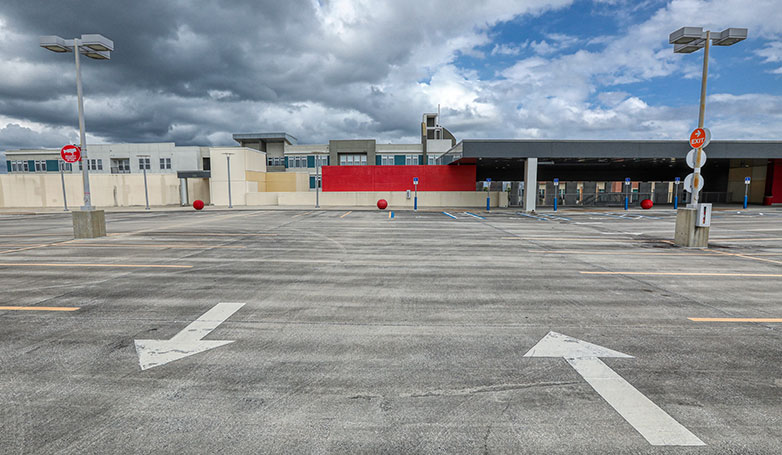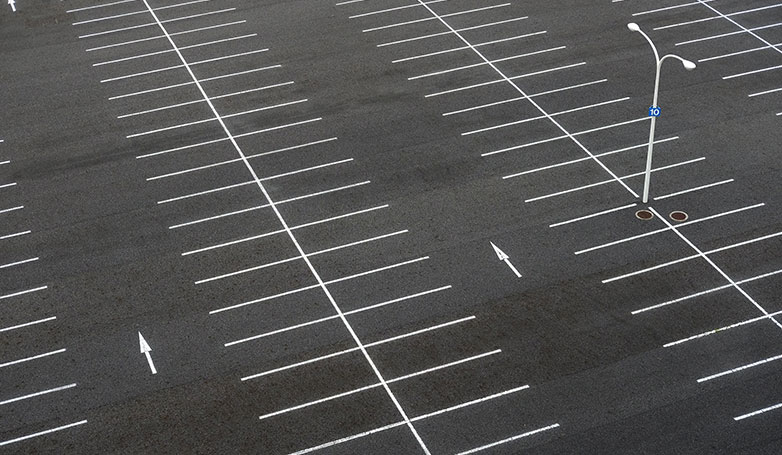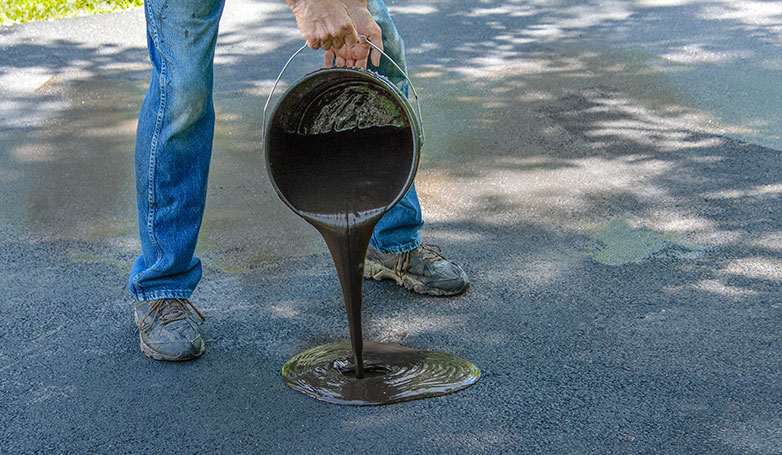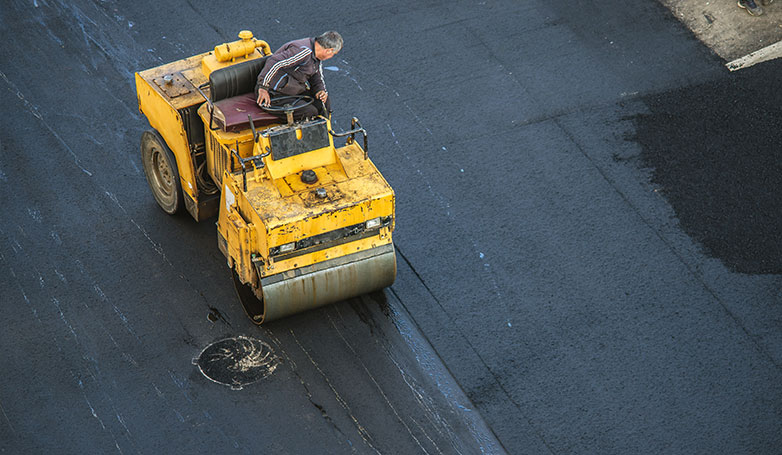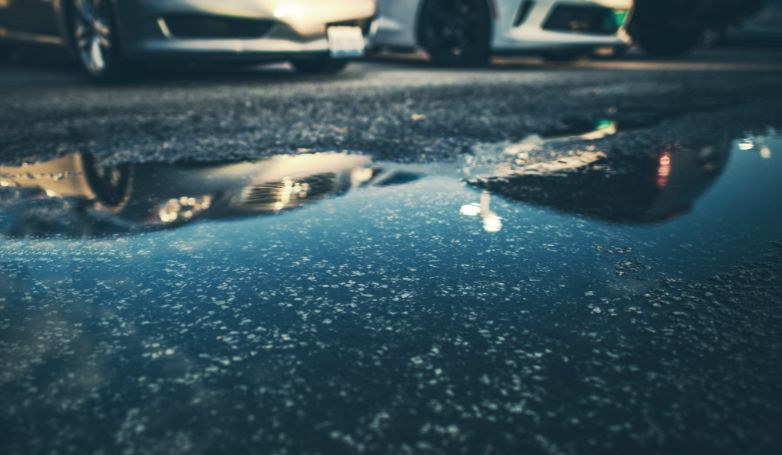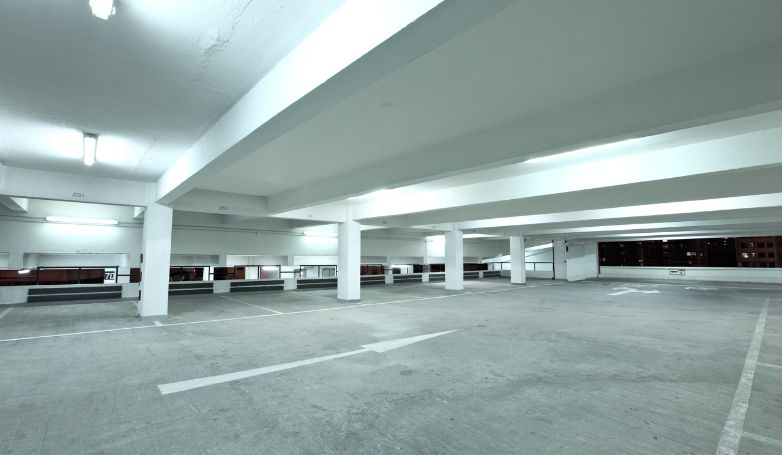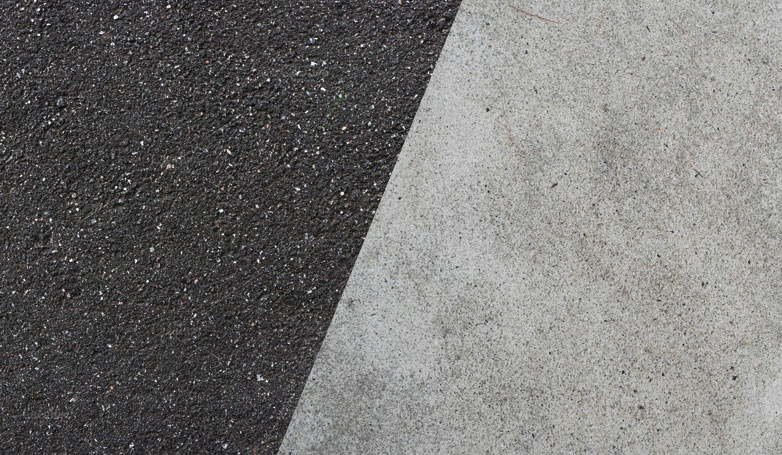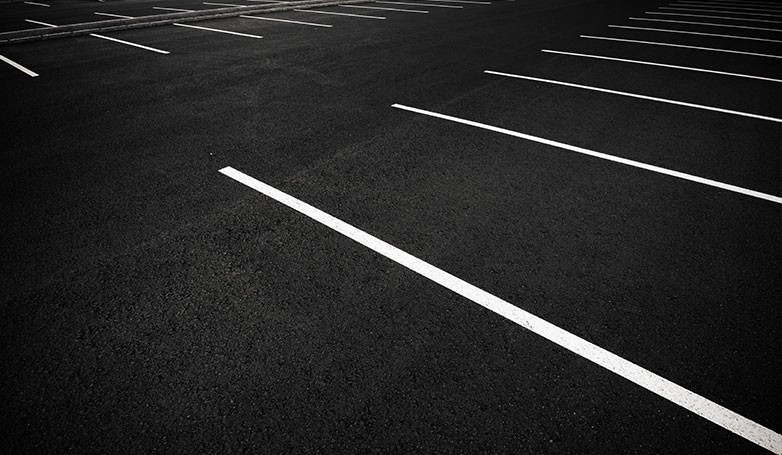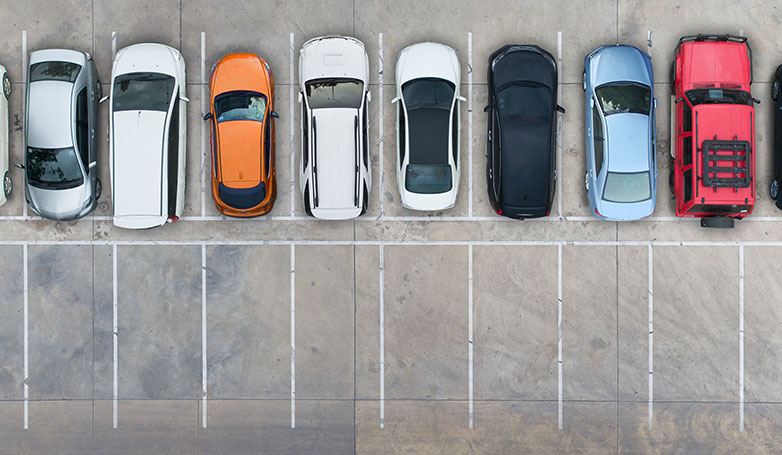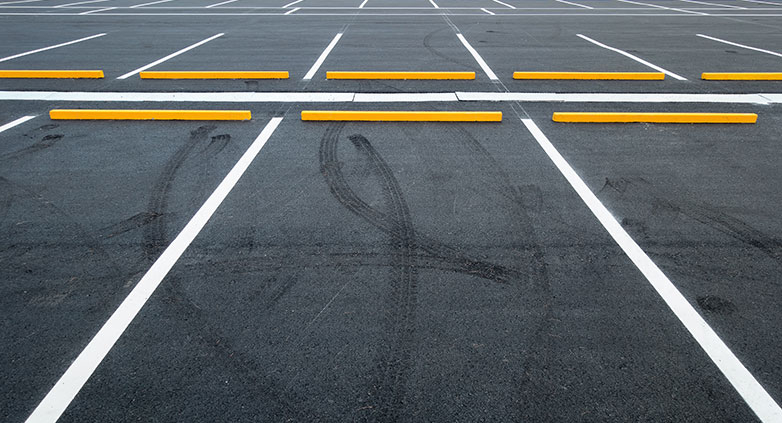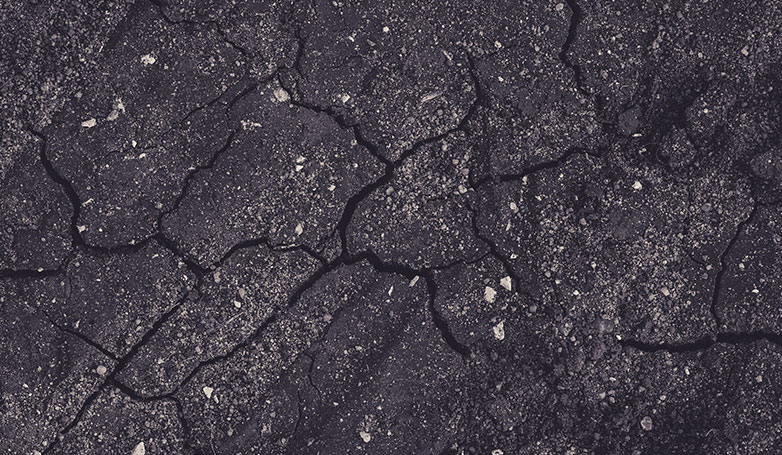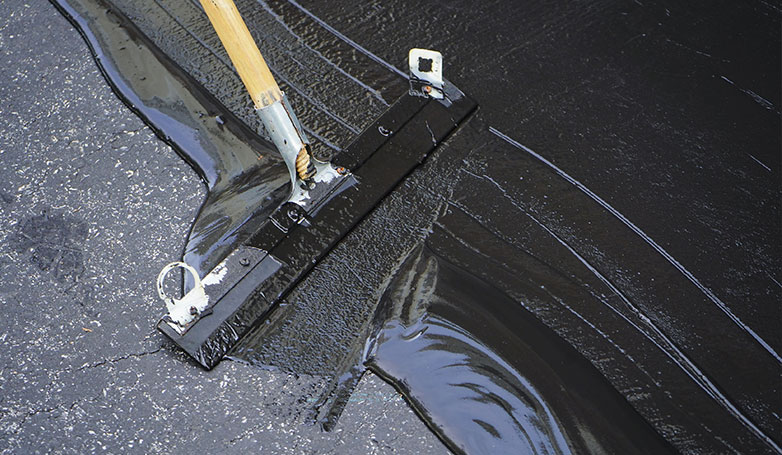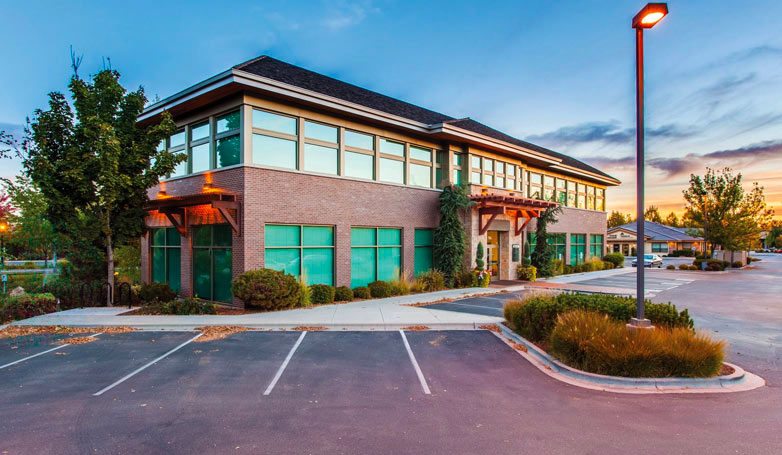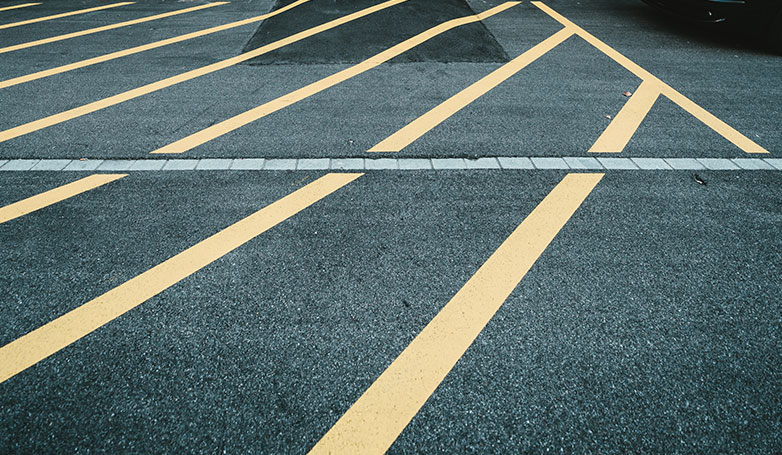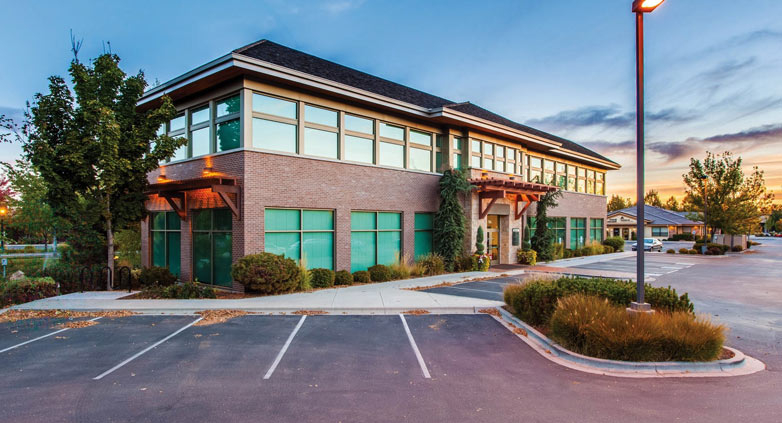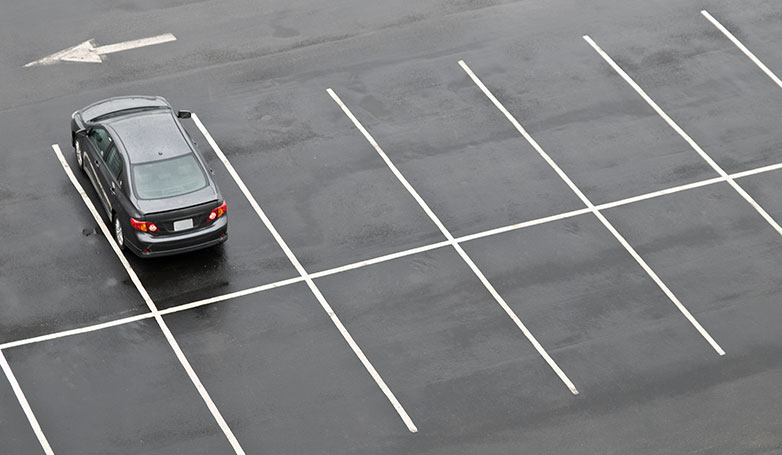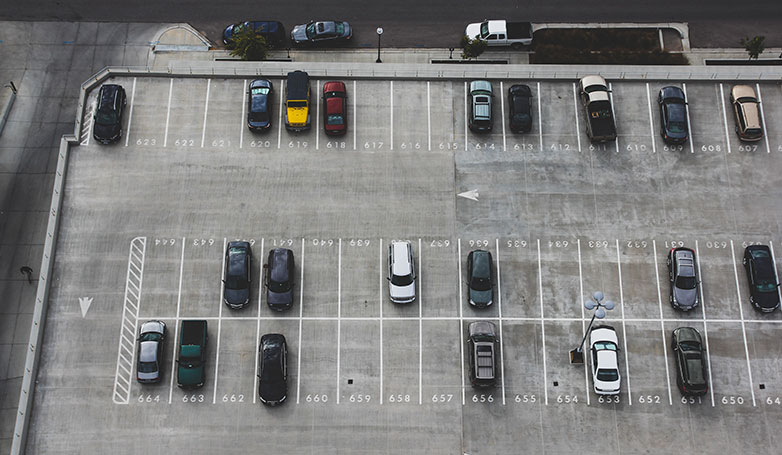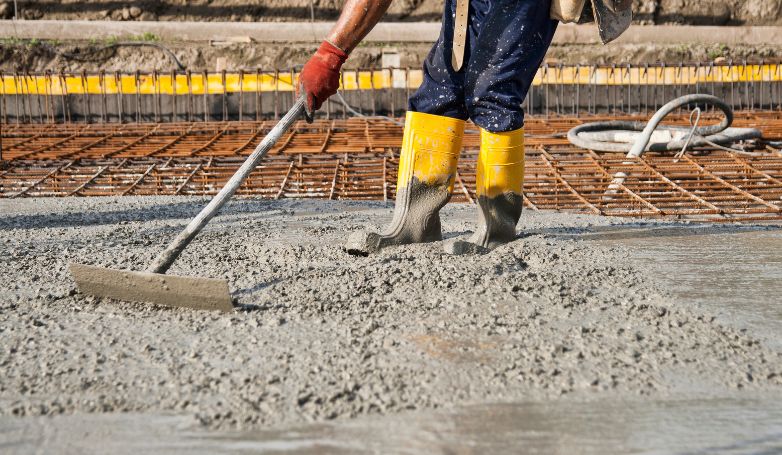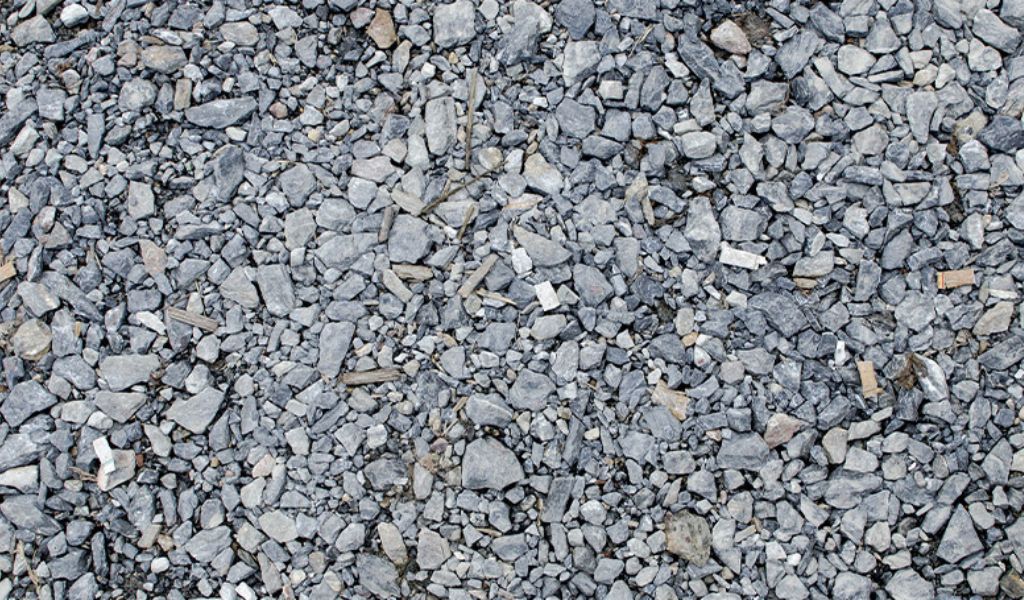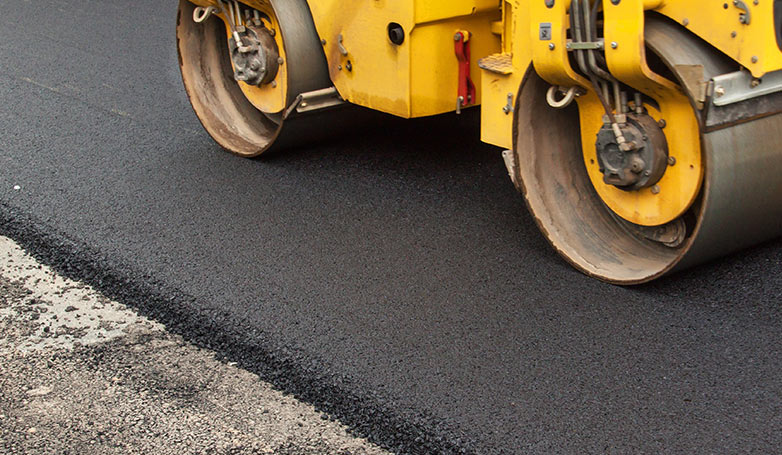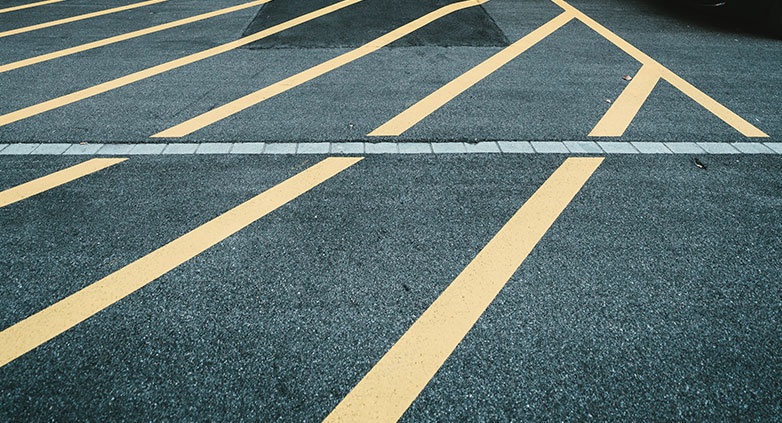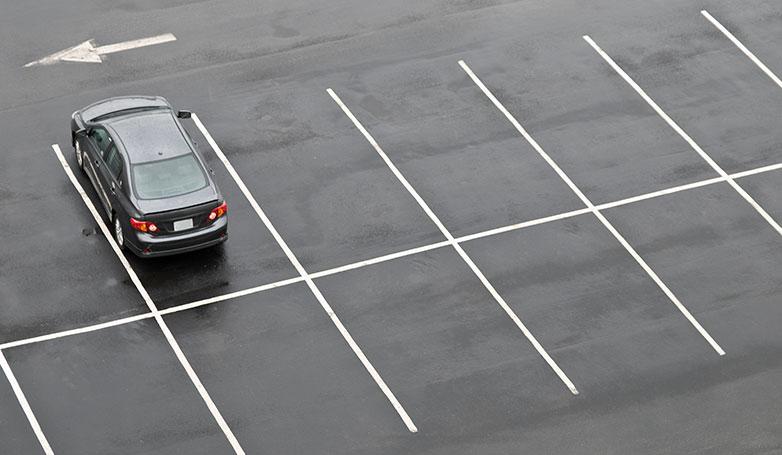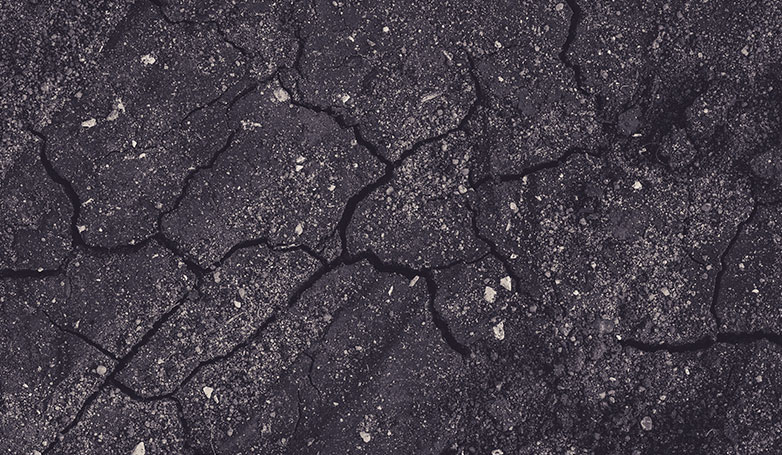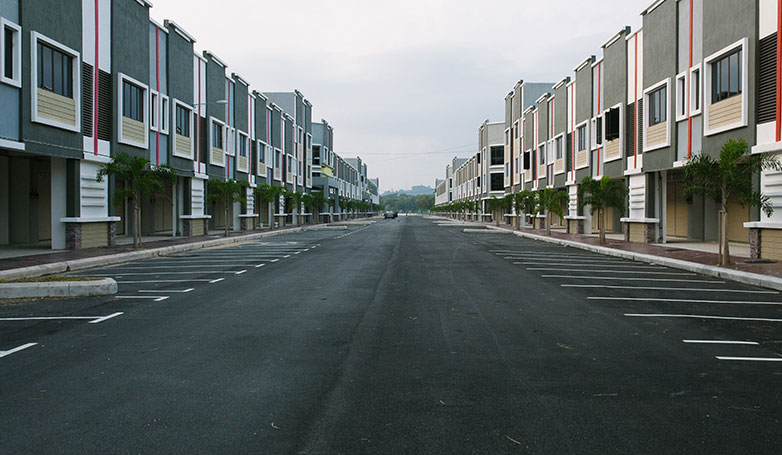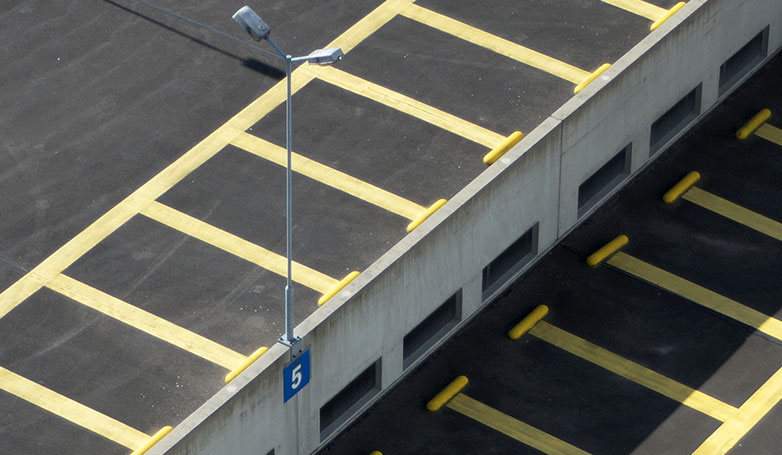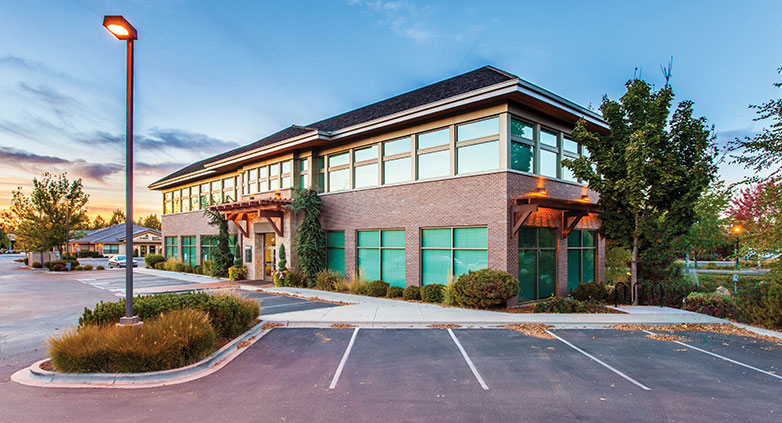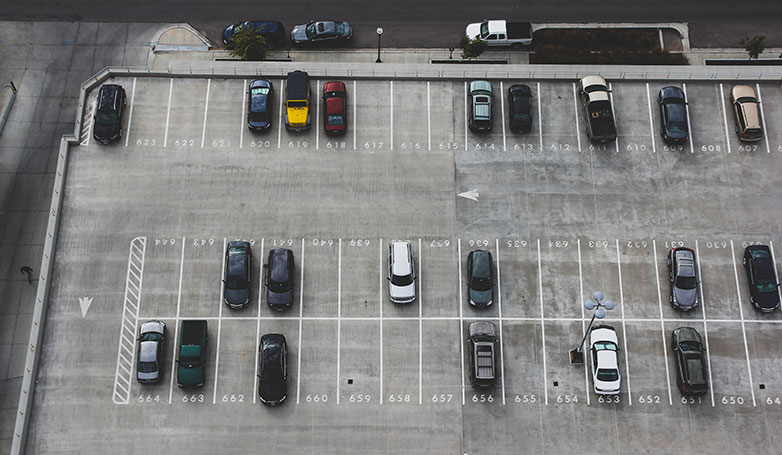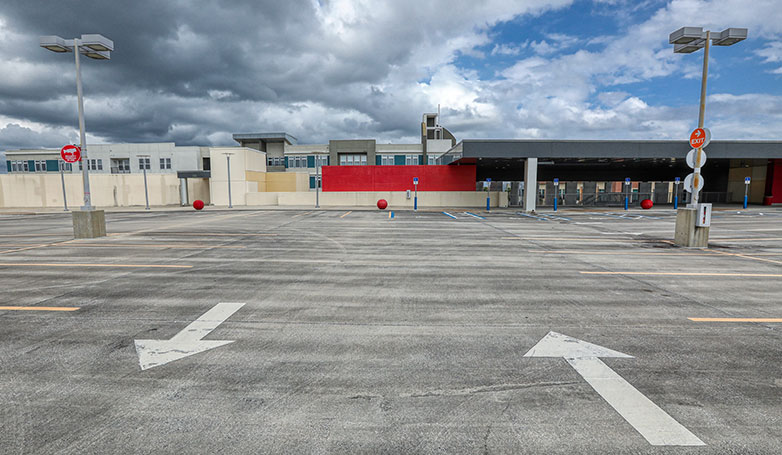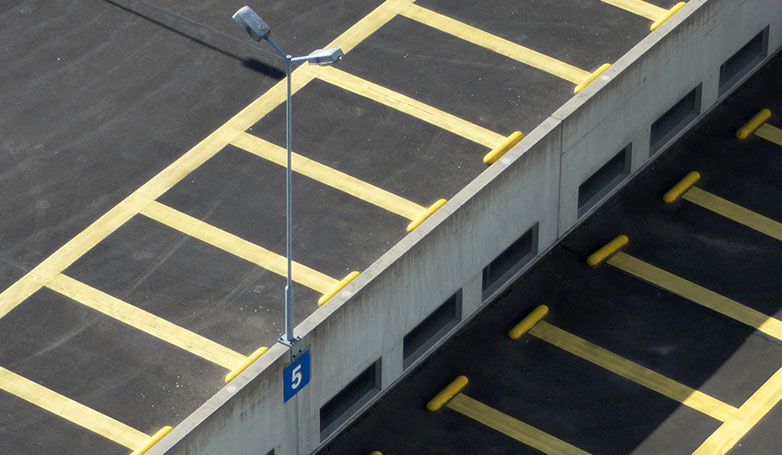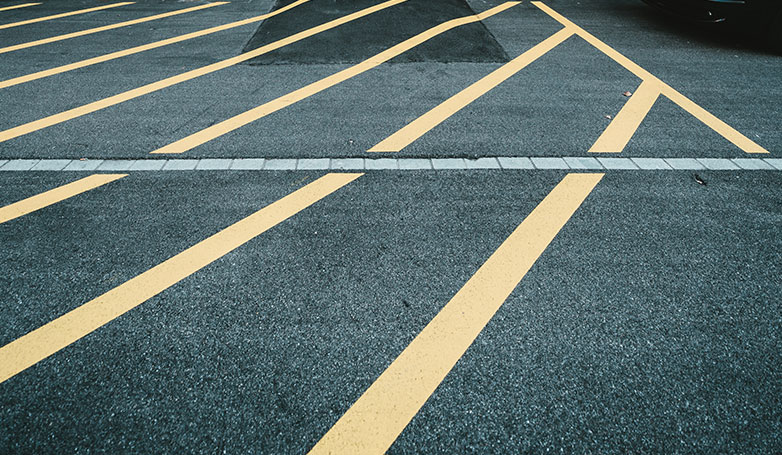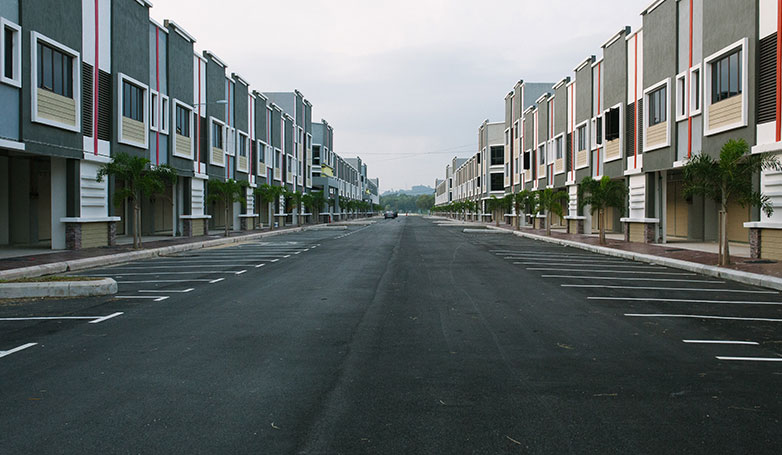Parking lot maintenance is the regular process of maintaining and repairing your pavement to prolong its life and maintain its aesthetics. While some homeowners rarely maintain their parking lots, doing so will keep them in tip-top shape. So what are some of the ways to maintain your parking lot?
To maintain parking lots, homeowners must perform a series of activities including assessment and planning, regular cleaning, patching and crack sealing, seal coating, drainage maintenance, landscaping, snow removal, and lighting maintenance. It’s also advisable to conduct regular inspections to identify problems early enough.
If you’ve just set up your dream parking lot and want to ensure the pavement lasts long, then you couldn’t be in a better place. Read on as we take a closer look at some proven ways of prolonging your parking lot’s life and keeping it in top condition.
What Is The Parking Lot Maintenance?
Parking lot maintenance is the process of inspecting, maintaining, and repairing your parking lot to keep it in good shape. Regular maintenance ensures your parking lot remains in excellent condition both functionally and aesthetically.
It’s crucial to regularly maintain your parking lot as it is exposed to daily traffic and the elements, which significantly increase the risk of premature wear and tear. Inspecting your parking lot for cracks or any issues allows you to address the problems early enough, and at affordable costs.
The Benefits of Regular Parking Lot Maintenance

Investing in a paved parking lot can be costly, especially if your outdoor area is large. The costs can even be higher if you use exotic or costly materials to make your pavement stand out. As such, it is vital to take good care of your outdoor investment. Below are some of the main benefits of maintaining your parking lot regularly.
Attractive Appearance
Maintaining your parking lot regularly ensures it remains aesthetically appealing months and even years after being set up. By restriping your driveway and parking lot, your parking lot will appear neat and tidy regardless of its age. In addition to looking attractive, a well-maintained parking lot increases your home’s value, especially if regularly inspected and repaired.
Prolonged Life
Investing in a proper parking lot isn’t a cheap affair, and maintaining it regularly will ensure it serves its purpose for decades to come. An ill-maintained parking lot won’t be able to withstand the wear and tear associated with the elements and regular usage. However, by making regular repairs, you’ll boost your parking lot’s overall durability and attractiveness.
Reduced Costs
Regular parking lot maintenance allows you to detect issues early and make the necessary repairs and improvements without wasting any time. Fixing tiny cracks and holes will cost you a lot less compared to the repairs you’ll need to make to repair massive issues. This can end up saving you thousands of dollars in repair and replacement costs over the years.
Improved Safety
Restriping a parking lot and sealing cracks (and holes) improves the overall safety of your driveway and parking area. The increased visibility allows for proper traffic and parking arrangements. Not only does this improve overall safety but it also ensures that cars are well organized outside.
How to Carry Out Parking Maintenance in 10 Steps
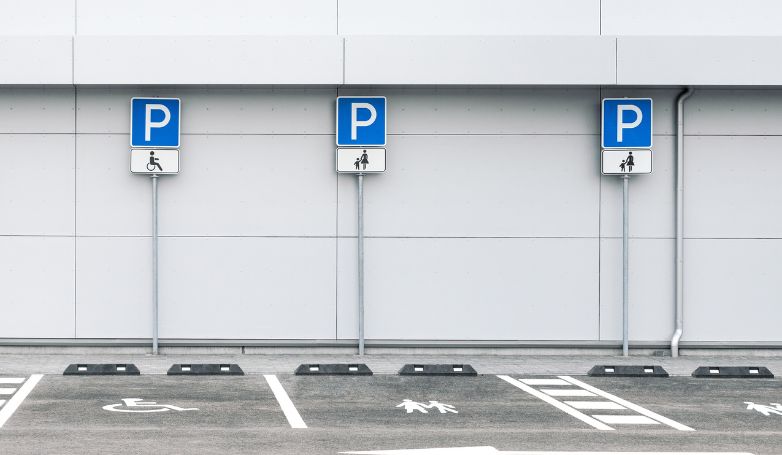
It’s important to maintain your parking lot if you’re to extend its life and get the most out of it. In this section, we take a look at 10 proven ways to keep your parking lot in good shape.
1. Assessment and Planning
Perhaps the most important part of maintaining your parking lot is conducting regular inspections. You should stay proactive and inspect for any irregularities such as cracks or built-up dirt. Ensure you check everywhere, paying special attention to the most commonly used areas, as they’re more susceptible to faster tear and wear.
2. Regular Cleaning
Cleaning your parking lot regularly is among the best ways to keep it in pristine condition. Pressure washing your parking lot is ideal for removing dirt and spots. It’s advisable to use hot water as it will soften the stains and remove stubborn dirt. Before you pressure wash your parking lot, however, it’s best to sweep the layer of dirt on the surface.
3. Crack Sealing and Patching
As the parking lot gets more traffic, cracks will start to develop over time. The problem with cracks is that they tend to grow larger over time, and can be hard (and costly) to repair if not fixed early enough. Be on the lookout for cracks and ensure you patch them immediately after you spot them.
4. Sealcoating
Sealcoating your driveway allows you to protect the surface of your pavement and fill the cracks and crevices. This prevents the water and dirt from getting into those gaps and widening them to form cracks and holes. In addition to prolonging your driveway’s life, sealing also keeps it looking good. Sealcots also help increase the melting rate of snow and ice.
5. Striping and Marking

As your parking lot continues to age, so too, will its lines and marks. A good rule of thumb to observe is to restrip your parking lot every 18-24 months, or earlier, depending on its condition. Not only is a newly striped lot attractive but it also enhances overall safety and traffic organization.
6. Drainage Maintenance
Standing water can severely damage your parking lot, as it increases the likelihood of crack and pothole formation. These repairs can prove costly over time, especially if you don’t take the necessary measures and act fast. Consider installing a drainage system to ensure rainwater doesn’t stand on your parking lot.
7. Landscaping
While some homeowners might not view landscaping as important to parking lot maintenance, it can play a vital role in keeping your parking lot neat. For instance, curbing around your lawn or flowerbed helps prevent dirt from building up on your driveway. What’s more, a beautiful landscape will complement your parking lot by enhancing its overall attractiveness.
8. Lighting Maintenance
The importance of good lighting in a parking lot cannot be overstated. Without proper lighting, it will be difficult to see the striping well. A well-lit parking lot is also a lot more attractive compared to a poorly lit one or one with flickering lights.
To ensure your parking lot remains in top condition, you should regularly inspect and maintain your lights. It’s advisable to clean fixtures after a couple of months depending on how dusty or windy your area is. Consider upgrading your fixtures or replacing old light bulbs if you’re in need of better lighting.
Read more: Eco-Friendly Parking Lot
9. Snow and Ice Removal
Removing snow and ice is crucial to maintaining your parking lot during the winter. Snow accumulation is particularly harmful to your parking lot as it thaws and creates puddles. The water that forms around potholes and cracks can freeze to form ice and worsen the issue. To be on the safe side, it is highly advisable to remove snow and ice as soon as you can.
10. Regular Inspections
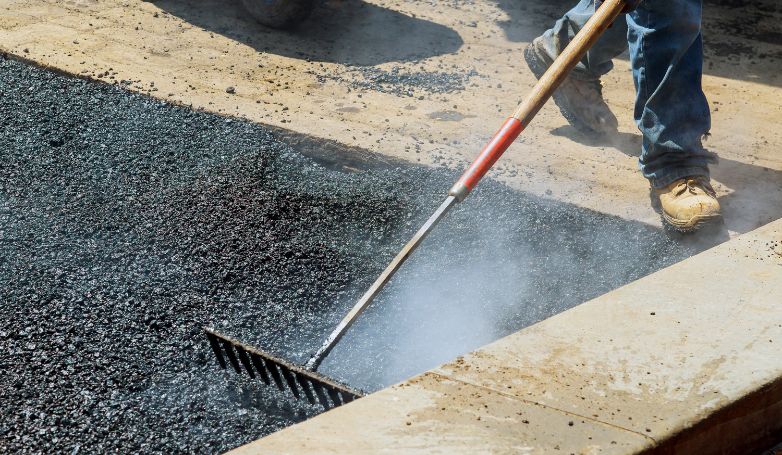
The best way to prevent your parking lot from premature wear and tear is to conduct regular inspections, especially if your parking lot is a high-traffic area. Be on the lookout for cracks, potholes, and built-up dirt. We strongly advise that you fix the problem as soon as possible to avoid dealing with greater (and costlier) issues.
Cost of Maintaining a Parking Lot
Experts say that in the first 10 years of life of an asphalt or concrete lot, it costs roughly 8 cents per square foot to maintain. Preventative measures will be 14-16 cents per square foot, and more complex preventions can set you back 60-65 cents for a simple overlay and even up to $1 for a more extensive project.
A parking lot located in a place that experiences snow is more vulnerable and will need more repair. Sealing will be scraped off during snow removal, causing the pavement to crack faster than usual. If the owner reseals the lot as soon as needed, it would cost around 19 cents per square foot. If the owner fails to reseal it in a timely manner, the parking lot would then need resurfacing, which on average costs $1.60 per square foot.
Regrading a gravel lot costs less than 10 cents per square foot.
On average, the cost of painting over faded lines is about $4.25 per 18-foot line.
While proper maintenance will protect your investment, don’t forget to be sure you have the parking lot installed correctly to begin with! Avoid further damage costs by using proper installation techniques.
Choose a contractor who has experience in your specific lot needs. Find a company that will create a parking lot and a maintenance package that suits your needs and strategizes around your budget
DIY Vs Professionals Car Park Maintenance
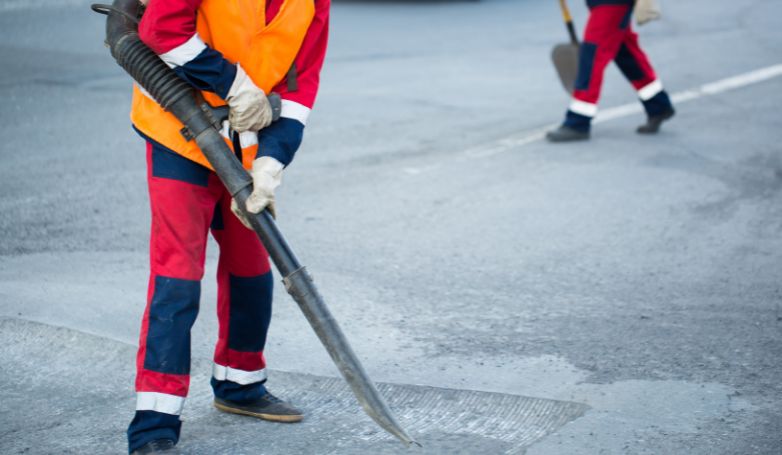
You might be wondering which option between hiring an expert to maintain your car park or doing it yourself is better. Well, it all depends on personal preferences, the size of the property, and of course, your budget.
Making parking lot maintenance a DIY project is a great idea if you don’t have a massive driveway (and parking lot) and want to minimize overall costs. However, it does come with its fair share of challenges, especially if you know little about maintenance. Instead of reducing costs, you may end up paying more, especially if you don’t inspect, clean and make repairs early enough.
While outsourcing parking lot maintenance to professionals might sound expensive, it can end up saving you thousands of dollars in the long run. The experts will routinely inspect your property, making necessary repairs and improvements along the way. The total cost of outsourcing largely depends on local rates, the material needed, and the extent of repair needed or improvements required.
Wrapping Up
Maintaining your parking lot regularly is highly advisable if you want it to stand out and last for years. Remember to sweep and clean your parking lot regularly to prevent dirt and debris build-up.
It’s also advisable to inspect your driveway and parking area regularly to identify (and fix) cracks as soon as possible. Consider outsourcing to professionals if you know little about repairs and maintenance or you just want to ensure your parking lot remains in tip-top shape.
Check out more articles on how to maintain your driveway and parking areas here.

